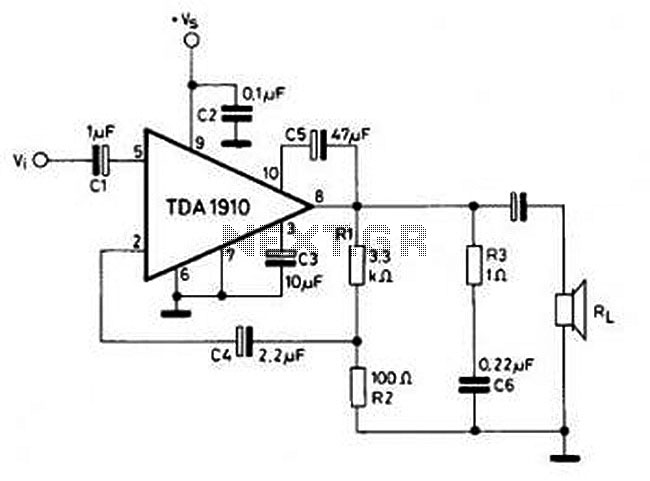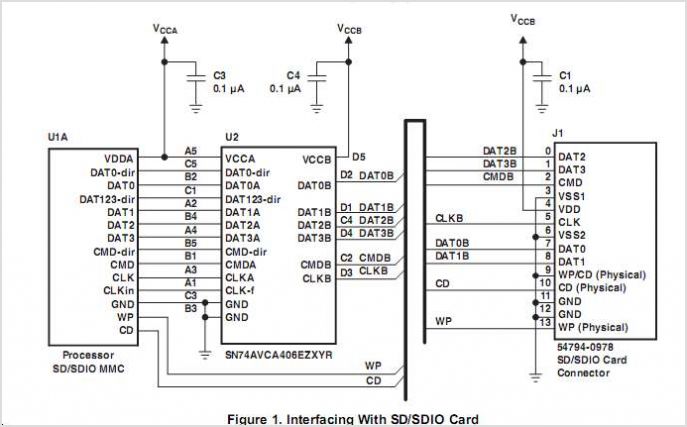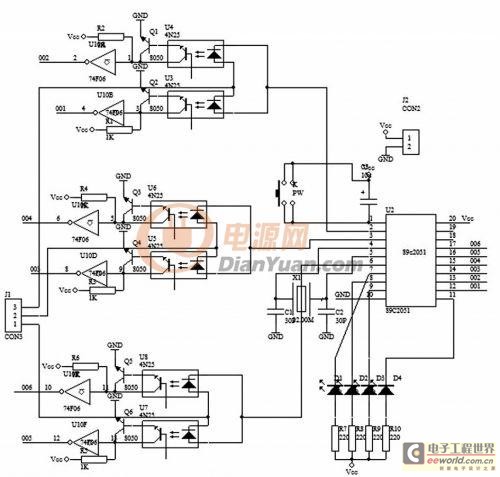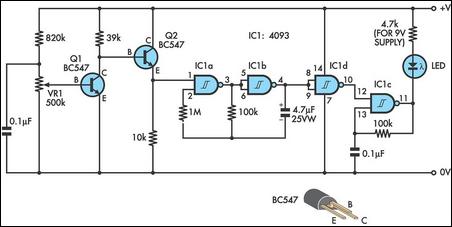
High Voltage Joule Thief Circuit
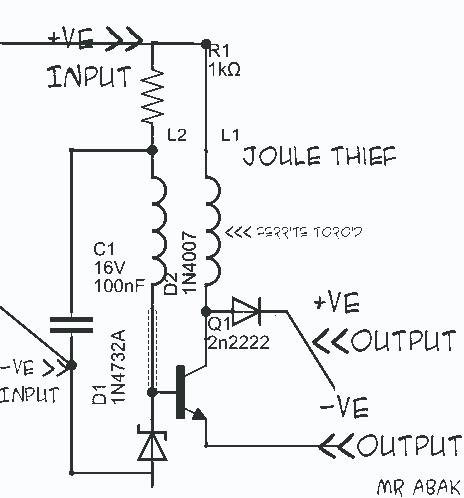
This circuit diagram is provided for those interested. It is a small circuit that takes an input of 1.5 volts and outputs 120 volts.
The circuit in question is a voltage step-up converter, commonly referred to as a boost converter. This type of circuit is designed to increase the voltage from a low input level to a significantly higher output level. The core components of the circuit typically include an inductor, a switch (often a transistor), a diode, and a capacitor.
The operation begins when the switch is closed, allowing current to flow through the inductor. During this time, energy is stored in the magnetic field of the inductor. When the switch opens, the inductor resists the change in current, causing the voltage across it to increase. This higher voltage is then directed through the diode to the output capacitor, which smooths the output voltage and provides a steady 120 volts.
Key considerations in the design of such a circuit include the selection of appropriate components to handle the power levels involved, ensuring that the transistor can switch rapidly and efficiently, and that the diode can withstand the reverse voltage. Additionally, the inductor must be chosen to meet the energy storage requirements without saturating.
The circuit may also incorporate feedback mechanisms to regulate the output voltage, ensuring stability under varying load conditions. This can be achieved using operational amplifiers or dedicated voltage regulator ICs that monitor the output voltage and adjust the duty cycle of the switching element accordingly.
Overall, the described circuit is a practical solution for applications requiring a compact and efficient method to convert low voltage to a much higher voltage, suitable for powering devices that operate at 120 volts.Anyone who wants the circuit diagram, it is right here in the description. This little circuit takes in 1.5 volts and puts out 120 volts. 🔗 External reference
The circuit in question is a voltage step-up converter, commonly referred to as a boost converter. This type of circuit is designed to increase the voltage from a low input level to a significantly higher output level. The core components of the circuit typically include an inductor, a switch (often a transistor), a diode, and a capacitor.
The operation begins when the switch is closed, allowing current to flow through the inductor. During this time, energy is stored in the magnetic field of the inductor. When the switch opens, the inductor resists the change in current, causing the voltage across it to increase. This higher voltage is then directed through the diode to the output capacitor, which smooths the output voltage and provides a steady 120 volts.
Key considerations in the design of such a circuit include the selection of appropriate components to handle the power levels involved, ensuring that the transistor can switch rapidly and efficiently, and that the diode can withstand the reverse voltage. Additionally, the inductor must be chosen to meet the energy storage requirements without saturating.
The circuit may also incorporate feedback mechanisms to regulate the output voltage, ensuring stability under varying load conditions. This can be achieved using operational amplifiers or dedicated voltage regulator ICs that monitor the output voltage and adjust the duty cycle of the switching element accordingly.
Overall, the described circuit is a practical solution for applications requiring a compact and efficient method to convert low voltage to a much higher voltage, suitable for powering devices that operate at 120 volts.Anyone who wants the circuit diagram, it is right here in the description. This little circuit takes in 1.5 volts and puts out 120 volts. 🔗 External reference

